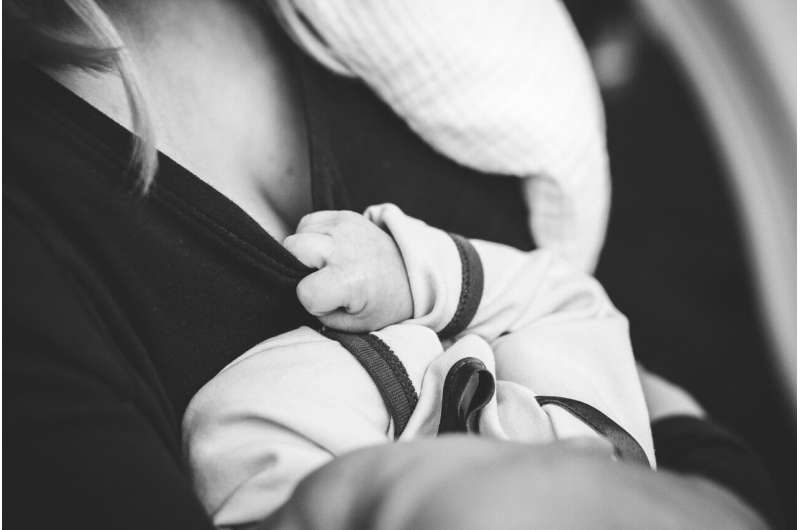Study: Levels of glyphosate represent low health risk to breastfeeding mothers in Spain


A study by the Food Safety Department of the Foundation for the Promotion of Health and Biomedical Research of Valencia Region—FISABIO, has established that breastfeeding women in Spain are widely exposed to the herbicide glyphosate, though the levels in urine represent a low health risk.
The objective of the study was to evaluate the exposure to glyphosate and its risk among the population of breastfeeding mothers. This compound is a pesticide that, since being introduced in 1974, has become the most used herbicide on the market. It is present in different formats in over 750 pesticide products.
This substance has been shrouded in controversy after the International Agency for Research on Cancer (IARC) classified it as “probably carcinogenic to humans” (Group 2A). However, the European Food Safety Agency (EFSA) considered it “very unlikely” to be a carcinogenic substance to humans and maintained its authorization as an agricultural herbicide.
“Due to the widespread use of the glyphosate herbicide in agriculture and the international controversy about its safety, we considered it necessary to find out the level of exposure and risk among the Spanish population to this substance,” said Vicent Yusà, head of the Food Safety Department of Fisabio-Public Health.
The international studies of internal exposure to glyphosate through human biomonitoring (its presence in our bodies) are scarce and those that are focused on vulnerable population groups are very limited. In this context, the study carried out by the Fisabio researchers is the first to be carried out in Spain and seeks to increase the level of knowledge about the risk of this substance among the population.
The study was carried out with urine samples from 100 breastfeeding women between 20 and 45 years old, who gave birth in the Hospital Universitari i Politènic La Fe of Valencia. The samples were managed by the Biobank for Biomedical Research and Public Health of the Valencian Community (IBSP-CV).
The exposure to glyphosate among people who work with the product is through skin absorption. By contrast, for the general population, the main route is the consumption of food and water that contain remnants of this substance.
The study revealed that fruits are the food most directly linked with exposure to glyphosate. In addition, the levels of glyphosate found were compared to other international studies. The results show that the mothers who participated in the study presented an exposure considered to be low-risk.
Source: Read Full Article




